A funny thing happened during my 3-month audition of the Tom Evans Groove+ SRX MK2.5 Phono Stage. I got taken on an unexpected trip. A trip that took me down a couple of new audio paths and resulted in me being a more educated audio listener. I would like to share that journey with you in hopes that I can convey a few of the insights that the Tom Evans Phono Stage revealed to me.
As with many trips I have taken, audio and otherwise, many of the best have started with no expectations.
Over the years I had heard stories of a phono stage made across the pond in the UK, Southern Wales to be precise. It has not been seen in many US retail stores or, for that matter, even in the large internet audio component outlets. Yet, as I would continue to hear stories about this piece, it would always be talked about with respect. I have noticed it is rarely seen on the used market and most owners would not consider getting rid of it other than to upgrade to the next level offered. It was as if it was the Lock Ness fable of phono stages. I had to know more. So I decided to reach out to Tom Evans and see if I could audition one of these elusive phono amps.
In an industry with its fair share of huge personalities, you will not find a more down-to-earth and humble person than Tom Evans who juggles the dual roles of chief designer and the head of Tom Evans Audio Design operations. During our initial conversations about my doing a review, we talked as much about music as we did the actual component. We had several enjoyable conversations about the psychoacoustics of listening and the physiology of hearing which is where some of Tom’s early training focused.
Tom described those early days.
“Before I started designing, I knew there was something missing to make sense of why electronics all sounded different so I went to college to do a one-year crash course in Physiology. I was given access to my tutor’s personal library to look for the ear/brain theories that crossed with mine. The time domain is the key, I found ways of eliminating the problems and avoiding the usual design pitfalls. Early in my career (87’) I was forced under protest to spend six months with a local classical musical composer listening to music to make sure I knew what the “natural ideal” is. I was told in no uncertain terms that “I have no artistic right to alter the sound of any recorded information” so my designs walked the tightrope to reveal the truth.”
Tom went on to say: “The ear/ brain is indeed very sensitive to changes in phase across frequency and all amplifier circuits be it IC, Valve or Discrete introduce their own set of inherent phase errors, and careful choice of the available technology is needed to obtain the desired result. Music drives the search for the answer. A phono amplifier is really just a tool, but for me, the biggest surprise is the level of finer detail we can now extract from our beloved vinyl recordings.”
Continuing: “I don’t like to design “me too” products and mine are probably a little more complex than the usual phono amp signal circuits as all my work takes into consideration of psychoacoustic effects as well as the usual math and physics involved.”
Ok ..this is my kind of designer.
Tom Evans Audio Design
Tom Evans Audio Design offers Audio components including preamps, amplifiers, and phono stages which it is perhaps best known for and the focus of this review.
The phono stage offerings include six models ranging from the Micro GrooveX at approx. $750.00 up to the top-of-the-line Master Groove SR coming in at well over $20K.
The Groove+ SRX Mk 2.5 (Groove+ going forward), the subject of this review, resides two steps down from the top and comes in a bit over $6000.00.
Tom told me “the design goal in this instance was to create an audiophile bargain, something that provides a nice taste of the very high end at a more affordable price than my full-on reference models. I like to call it a Baby Master Groove.”
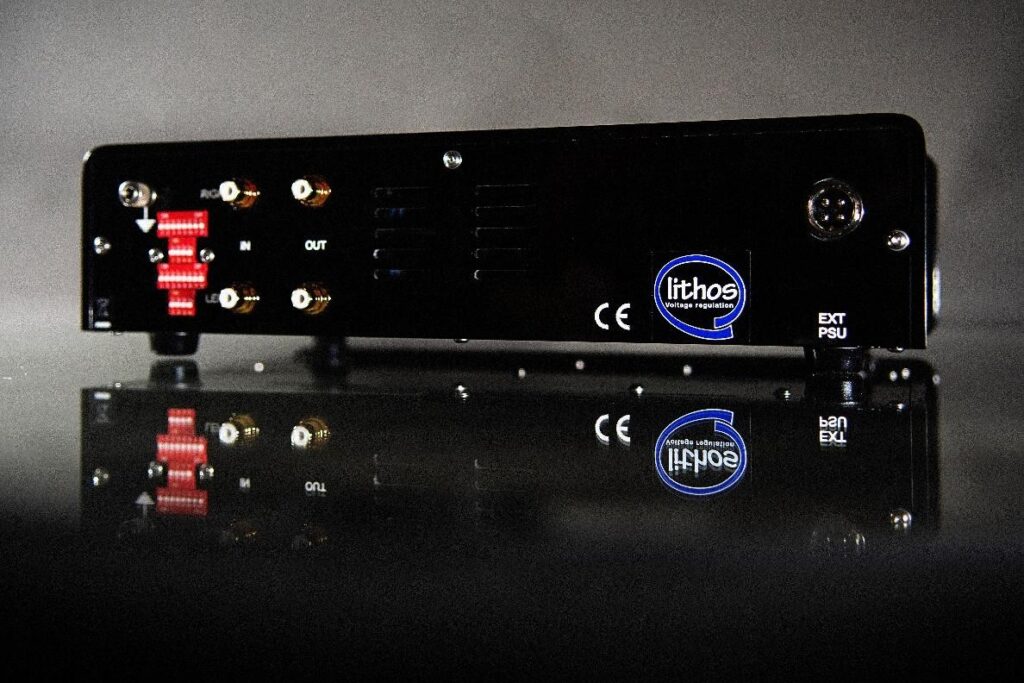
My review sample arrived about a month after my initial conversation with Tom. The Groove+ certainly does not make the fancy “audio jewelry” impression that many components in this price range do. But that is not designer Tom Evans’ way of doing things.
I pulled two components, the phono stage and its separate power supply, out of the shipping container. The phono stage was housed in black perplex acrylic chassis. Tom has tried different metal cases but believes they impact the sound quality he is trying to achieve.
The power supply is in aluminum extruded finned heat sink box with an acrylic lid.
My sample was optimized for MC cartridges in the .2 mV to .6 mV range. Tom can customize the phono stage to accurately match the output level of your cartridge and get the best signal-to-noise ratio be it MC or MM. Standard loading options with the bank of 8 switches are 1000, 500, 333, 250, 200, 168, 144, 126, and 112 ohms. Custom loading ranges are available at no extra charge. You will also find a row of four switches that allow for 5 different capacitance settings. ranging from 100 pf to 500 pf. These are used primarily for the MM and Decca versions of the Groove+, but there is no harm in trying them with your MC. After a bit of experimenting, I stayed with the 100pf setting for all of the cartridges I tried.
The .2 mV to .6 mV range proved very useful for several cartridges I had on hand to try with the Groove+. They include my Micro Benz LP-S, Ortofon Cadenza Bronze, Denon 103r, and the new Audio Technica ART-20 I recently received for an upcoming review.
Also on hand for this review period were the PS Audio Stellar Phono, the Coincident Audio Signature Phono, and my highly modified Mod Squad Phono Drive. To be clear, this is not a “shootout” of cartridges or phono stages. The Groove+ worked very well with all four of the cartridges I threw at it with the adjustable loading allowing me to dial in each one for its best sound.
Between the cartridges and the phono stages available, it wasn’t long before I got a really good lock on the characteristics the Groove+ brings to the sound.
Lithos power regulation …the heart of the design
Tom Evans is obsessed with lowering the sound floor and distortion level of ALL his products and allowing the component to reveal as much information as possible. It is the main focus of his designs.
This obsession with lowering the sound floor and distortion lead him to focus on the power supply, specifically the power regulators. Finding out that commercially available 3-pin regulators were far too slow and too high in noise, Tom set out to create his own discrete regulator design that he dubbed Lithos. Named after the Greek word that means “rock.”
His latest Lithos versions are used in the Groove+ and are described as:
“discrete regulator designs that were unusually designed specifically for ultra-low noise audio use to reduce any unwanted pollution appearing on the power rails feeding my precision signal gain circuits. The larger Lithos 6.1 PCB was designed as a pre-regulator to feed multiple Lithos 7.5A local regulator PCBs and both can provide peak current at a very high speed in comparison to the usual slow and noisy 3-pin devices so commonly used in the hi-fi industry they are very stable fast and provide ultra-low noise. The critical regulator designs play a large role in the overall scheme of things, but also much thought has gone into designing the actual signal circuits for ultra-low noise and distortion with an ultra-wide signal bandwidth to provide greater signal resolution and a more realistic soundstage from our vinyl recordings.”
Beyond the Lithos regulation circuitry, the RIAA circuit design employs passive EQ between two active gain stages using hand-selected and matched components.
What is the Tom Evans Sound?
How does all this reduction of noise, distortion, and wide bandwidth design sound?
The Groove+ is not one of those components that immediately catches your attention when you install it in your system… However, it does get your attention when you REMOVE it and leaves you wanting to return to it.
Unlike a bold Cabernet Sauvignon wine or an Islay Scotch that immediately grabs your attention upon tasting it, the Groove+ resides in the arena of a beautifully balanced Merlot or a carefully crafted Highland Scotch which, while not as bold and striking initially, leaves you wanting a second taste, then another and another as it reveals itself to you.
It is a master of revealing fine detail and micro-dynamics. The combination heightens the conveyance of the emotion and artistry of the performer. It offers up transparency that is transfixing when you are listening. It easily outdistanced all previous phono stages I have heard in retrieving information and the dynamic subtleties associated with them.
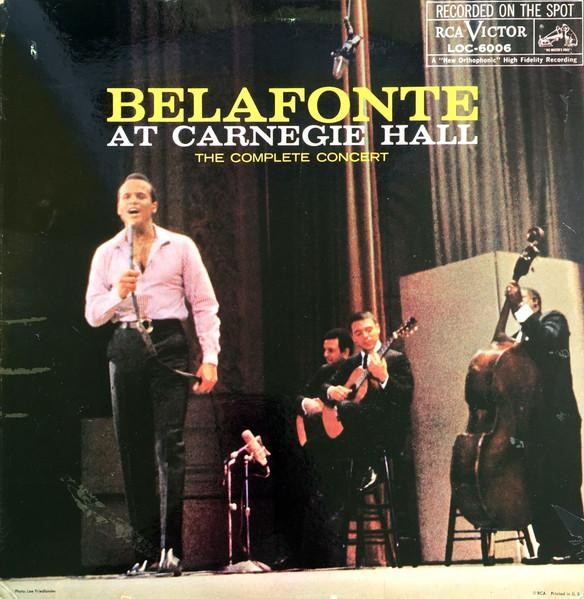
Speaking of dynamic subtleties being conveyed, an excellent example of that is the last 30 seconds of the Mama Look a Boo Boo cut, off my Classic Records reissue of Belafonte at Carnegie Hall. As he brings the song to an end, Harry Belafonte repeats the refrain twice and adds a slight laugh as he lowers his voice to almost a whisper the second time he repeats it. Previous phono stages I have listened to obscure some of the delicate detail, and the subtle dynamics conveyed in that 30 seconds. With the Groove + I never lost my connection with him. Also, when he misses his intro on the 3rd verse and then chuckles, and the crowd swells and laughs, the Groove+ conveys that moment in time better than I have heard it before. This is a combination of micro-dynamics, lower sound floor, and detail coming together to give me a truer sense of what happened on that special night in 1959.
What a great hobby we immerse ourselves in and how blessed we are to have a “time machine” at our beck and call in our Audio systems.
On another track, Danny Boy, the Groove + captivated me. The purity and emotion of the solo vocal were exquisitely on display.
And last, but in no way least, the amusing Matilda track.
Is there a better track to test your system with than this one?
It encompasses so many things that allow you to judge your system performance. Soundstage, crowd noise, applause, hall ambiance, whistling, pure audience emotion and laughter, excellent vocals, I could go on and on. If you are ever comparing components, be sure to use this track, and I will predict you will have an easier time deciding on the component that suits you best.
In the case of this review, there was no question the Groove+ bested the PS audio and the Mod Squad Phono Stage (in MC mode). It simply was less colored and more revealing, and you had the feeling there was less between you and the recording.
With the Groove+ I felt closer to being there. Versus the feeling that I was listening to a recording of the event. The Coincident Signature Phono also made me feel like I was at the event with its amazing sound staging and dynamics. However, it was as if I was in a different seat, perhaps a bit further away from the stage but very involved. Simply two excellent but different presentations of the same material.

Another great example of what the Groove+ allowed me to enjoy at a higher level is the excellent Earl Klugh medley on the Blue Note Live at the Roxy recording. This track contains a lot of subtle information about the complexity of the guitar work in the medley. With the Groove +, the tone, dynamics, and chords were more clearly illuminated and understood, and I developed a new appreciation for the artist.
The Velvet Hammer
So far I have talked a lot about subtleties… but what about macro-dynamics?
I didn’t have to go far to get my answer. On the same Blue Note album, there is an impressive drum solo by Alfonso Mouton, and the Groove + does not disappoint. Speed, clarity, tone, and explosive dynamics are served exceptionally well yielding the deep base only to the Coincident Signature Phono and the Mod Squad Phono Drive. Both extended a bit deeper with slightly better focus and authority.
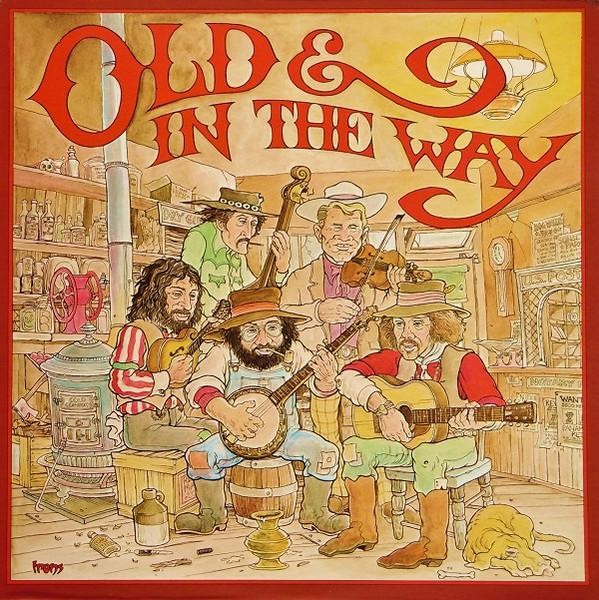
Next up on the platter was the Round Records offering Old & In The Way
Does it get better than Jerry Garcia, David Grisman, Peter Rowan, John Kahn, and freakin’ Vassar Clements recorded Live on a stereo Nagra tape recorder? I had forgotten about this one.
Here is a true story.
I was a bartender at a Country Western Bar in the mid-’70s when I attended LSU. This album, along with Pure Prairie League and many others were played ad nauseam at the bar. We would get new albums every week or two because they would be worn out or badly scratched. After a year or two, I simply could not listen to either album and banished sealed copies of them to the far corners of my record collection.
Enter Tom Evans… who tells me he has a friend who toured with Van Morrison and played mandolin, one of Tom’s favorite instruments. He asked me if I had heard of this album and if I had a copy. Now seriously, you must appreciate that a guy from South Wales UK ends up being the person who resurrected this album for me after it being in exile for over 30 years. How small is this world getting??
What stood out on the album with the Groove+ was the reproduction of the mandolin. With the Groove+ in line, you got the complete mandolin sonic package. On the Wild Horses and the Kissimmee Kid tracks the string tone, detail, dynamics, along with the tone of the body of the mandolin were all there. With other phono stages, I typically get one or two of the three areas, but not all three like the Groove + produced. The completeness of the Groove+ presentation enhanced my enjoyment of the music to a higher degree than in other phono stages.
What could be better?
Surely, you ask, the other phono stages had some specific areas where they excelled and even surpassed the Groove+?
Indeed they did.
The Coincident Statement Phono has a cavernous soundstage and an impressive feeling of power, one of the best I have heard, and is an absolute delight to listen to. But with its SUT front end, it yielded slightly to the Groove+ in mining for detail and leading-edge transient rise time and transparency. It presents the recording in a different yet still very captivating way.
All three of the phono stages paled in comparison to the Groove+ in detail retrieval and transparency. In these areas, the Groove+ is the best I have heard to date.
The PS Audio Stellar Phono and the Mod Squad Phono Drive extended deeper and had a tighter focus in the deep bass. And all three of the other phono stages sounded a hair denser in the lower midrange.
Tom tells me that these areas (deep bass and midrange density) are improved by going to the Master Groove series and, unbelievably, even more, micro detail retrieval.
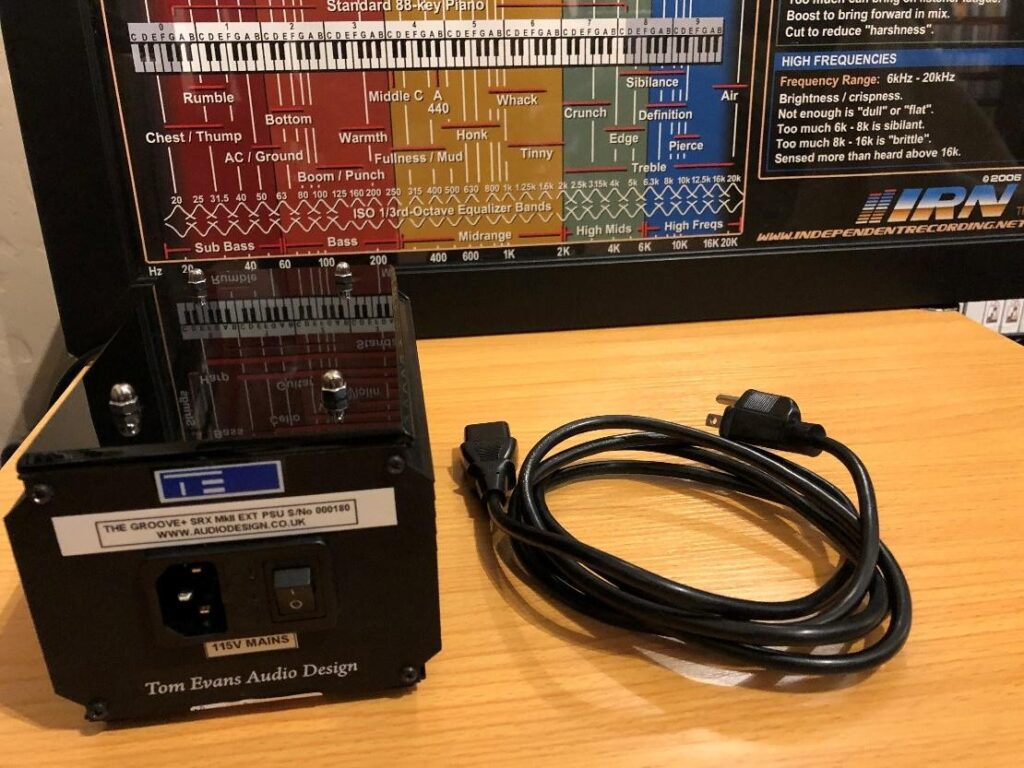
What about that Power Cord?
Readers know I generally like and use power cord upgrades. Still, in the case of the Groove+, I could not achieve better performance than with the innocuous little 18g cord that comes with it. Don’t get me wrong… every power cord I tried (about a dozen before I stopped) sounded different, but none of them maintained the integrity of the sound that the stock cord had. All of the aftermarket cords upset the Groove+ ‘s special coherency and very neutral tonal balance. Frankly, this is one of the few components I have had this experience with.
As I said, a journey, I learned from.
I asked Tom for his thoughts on the power cord subject. “Ah … Power cords ….yes I am very aware of the negative audible tonal changes they can cause and suggest to my customers to use the supplied cord to avoid issues that alter the sound. Some folks have trouble understanding (once they’ve spent their hard-earned dollar on the length of super duper mains wire) that the audible differences generally are an obvious added coloration. I explain this by telling them that “every added audible color will mask detail from your recording.” I can hear the words of that classical music composer ringing in my ears quote “I have no artistic right to add or take away anything” In the end, my job is simply to amplify it to the best of my ability”
The Tom Evans Cartridge Optimization Tool
This is a bonus “product” that you get when you use the Groove+. Don’t look for it in the carton because it is the phono stage itself.
What do I mean by this? I will tell you that I have never had a phono stage that revealed as much about the setup of my cartridges as the Groove+. Very minor VTA and VTF adjustments yielded clear differences that allowed me to fine-tune my cartridge to a higher level of performance than before.
But the real ear-opener was adjusting anti-skating. Yes, anti-skating. That very misunderstood but necessary evil that pivots arms must deal with. In many cases, due to it being incorrectly adjusted, it ends up being performance degrading. It is the main reason I have gravitated to straight line tracking turntable/arms and the excellent VIV Labs underhung tonearm.
I retain my AMG Viella turntable with the 12JT Turbo tonearm (and my Viv Labs as the second arm) for reviewing because of its adjustability. It has one of the better anti-skating adjustments available that uses variable magnetic anti-skating like many arms. However, unlike most, it has an adjustment for both the inside and the outside of the arm.
While there is not enough time in this review to go into details, let me say that with the Groove+ I could hear and accurately adjust the anti-skating on the AMG arm to a level that gave me a new appreciation for the AMG tonearm. With the Groove + I dialed in the anti-skating more accurately than I could previously achieve with any method including test albums and oscilloscopes, blank albums, hanging trapeze erector sets, or even an Oji board! But seriously, I point this out because it speaks to the ability of the Groove+ to uncover very subtle details and spatial information.
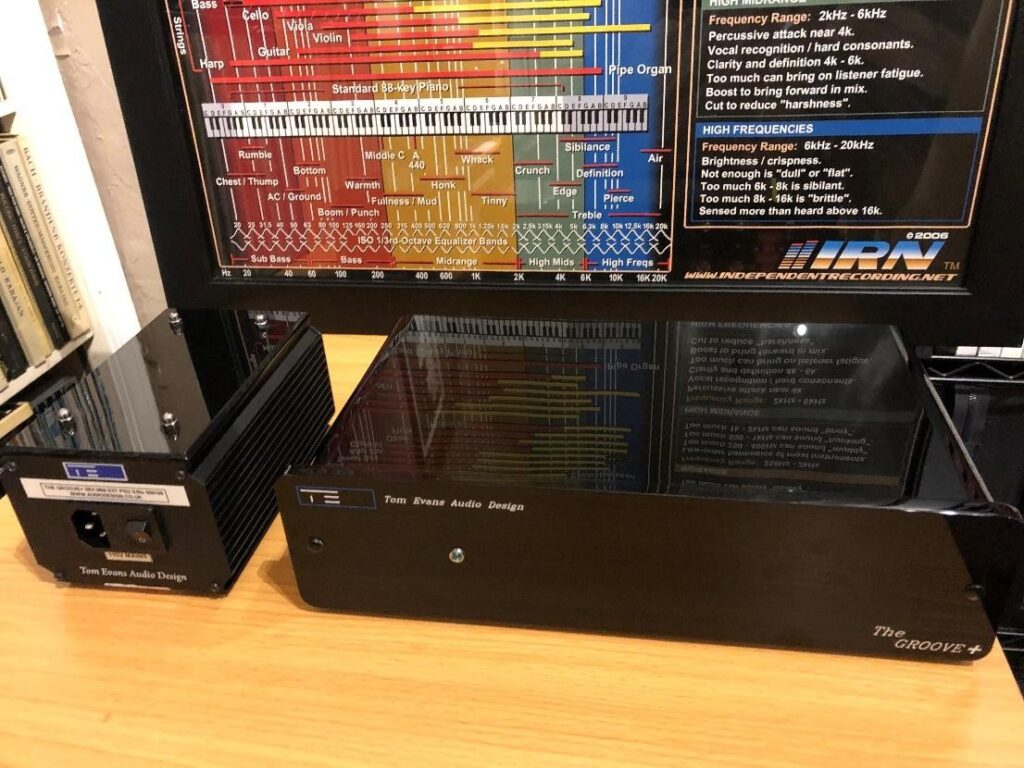
Conclusion
Yes, you guessed it, I am quite smitten with these understated black boxes. I feel the Groove+ is a very complete and revelatory phono stage. It is the least colored, most revealing phono stage I have had in my system to date. It manages to walk the delicate tightrope between the retrieval of musical information and the emphasis on musical information. The latter is the more common way of making a component sound like it is “high resolution” which, in the end, makes that component tiresome to listen to in my experience. This is not the case with Groove+. It is simply more transparent, and it reveals/uncovers more information without emphasizing it. No small feat.
No, I am not kicking my other phono stages to the curb. I am a vinyl junkie and, as I said earlier, this journey was one where I learned along the way. What the Tom Evans Groove+ SRX MK2.5 taught me is that I was unknowingly missing information that was on that vinyl disc.
If like many audiophiles, transparency and retrieval of music information are high on your list, I would suggest you investigate a Tom Evans phono stage at whatever price point you can invest.
If you have a $1000.00 cartridge and say a $750.00 phono stage, for instance, you may be better served by getting a new Tom Evans Audio Design phono stage and unlocking what that cartridge can retrieve from the record rather than upgrading your cartridge.
Yep, that old saying is true.
You don’t know what you don’t know. But once heard, it is hard to do without.
What a wonderful journey it was.
Highly recommended for your consideration.
Tom Evans Audio Design
Audio Limits
audiolimits.com/tom-evans-audio-products/
Sound By Singer
soundbysinger.com/brand/tom-evans-audio-design
Associated Equipment used in this review
ANALOG: AMG Viella 12JT Turbo turntable /tonearm & VIV Labs Rigid Float Tonearm
Holbo MkII air bearing straight-line tracking turntable
Audio Technica ART 20, Ortofon Cadenza Bronze
Benz Micro LP-S MR cartridge & Grado Statement 3
HANA ML Mono MC Cartridge, Denon 103R
PHONOSTAGE: Modified Mod Squad Phono Drive, Tom Evans Groove+ SRX MK 2.5, Coincident Signature Phono
PS Audio Stellar Phono
DIGITAL: Aurender S-10 server/streamer, ROON Nucleus, PS Audio PST SACD transport
McCormack DAC-1 Platinum, McCormack SST-1 CD transport
NETWORK: EtherREGEN network switch
OPEN REEL: Studer A810 with Flux Magnetic Heads optically aligned by JFR Magnetics and direct wired
into a King/Cello tape preamp
LINE STAGE: The Truth v.3 (passive), Benchmark LA4, McCormack ALD1 Kozmo
POWER AMPS Pass Labs SIT 3, SMC Audio DNA-1 Platinum,
Benchmark AHB2 mono blocks, Quicksilver MS190
SPEAKERS: Acoustic Zen Crescendo II, Pure Audio Project Treo 15 Classic Coax
CABLES: Acoustic Zen, Audience, Triode Wire Labs, ASI Liveline, Analysis Plus
A/C POWER: Dedicated 20 amp lines, P.I. Audio UberBUSS & DigiBUSS II, outlets from
Audience, Jena Labs, P.I. Audio.
ACCESSORIES: SMc Audio UFO Isolation Base, Stillpoints Ultra’s, Apertures & LPI, VPI Bricks
HRS Turntable base

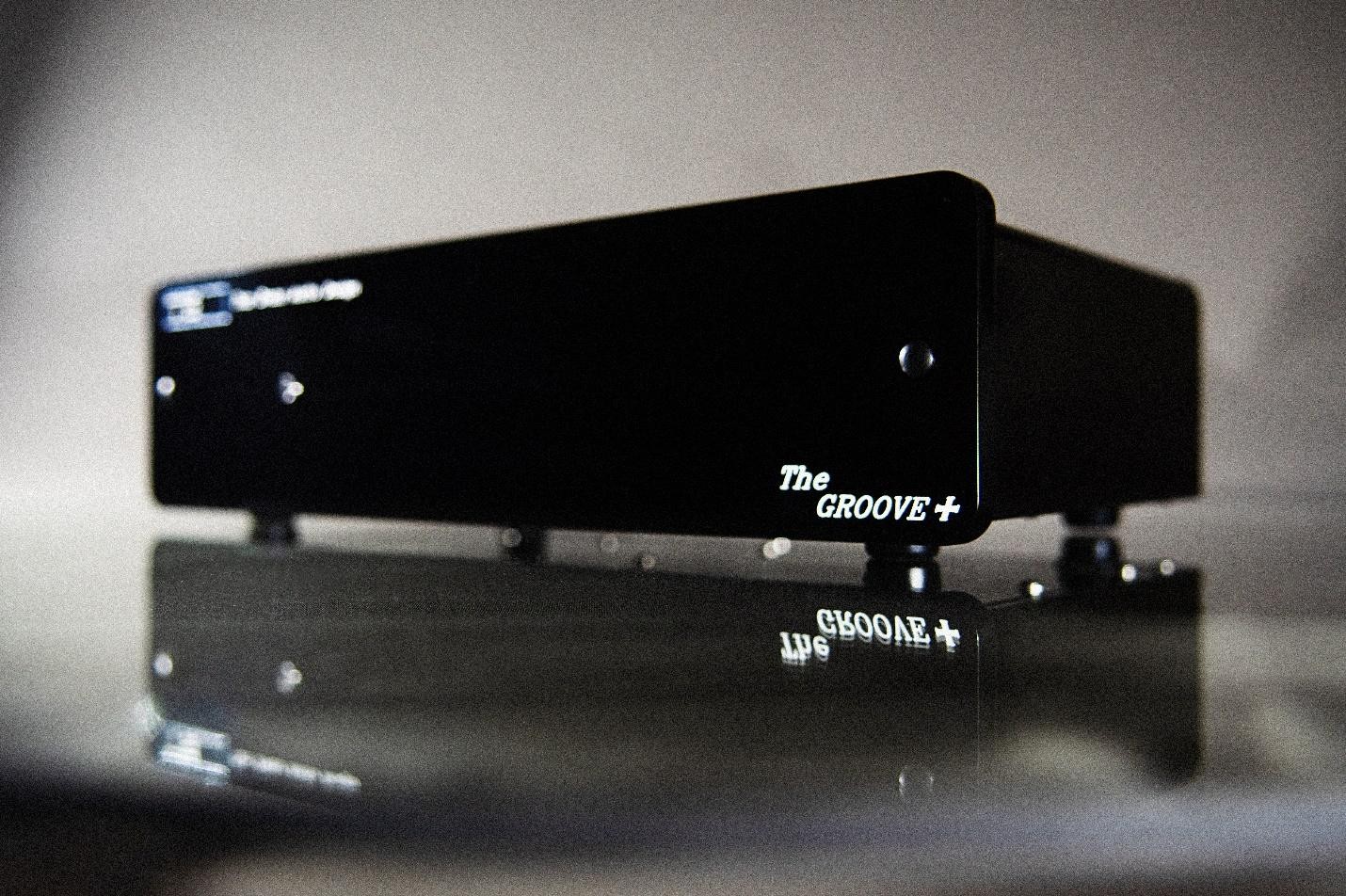
Perspex and acrylic are different names for the same thing… polymethyl methacrylate.
Hi Mark
Thanks for reading The Audio Beatnik … and your point is noted…
Ken
Enjoyed the Review Ken, sounds like a stellar piece of equipment. Love that Old and in the Way record.